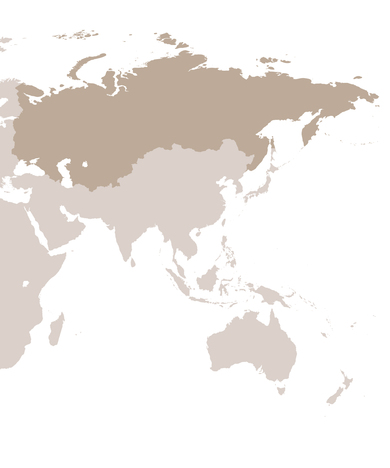Soviet Union
Soviet Union
Refugees:
4,000–5,000 mostly political refugees.
Political situation:
Soviet republic, de facto dictatorship. Forced agricultural collectivisation; accelerated industrialisation; social destabilisation. 1935–1938: Arrest and murder of alleged political opponents ("Stalinist purges"). August 1939: Non-aggression pact with Germany ("Hitler-Stalin Pact"). June 1941: German invasion of the Soviet Union.
Conditions of entry:
Visa requirement; restrictive immigration policies; Jewish victims of persecution rarely granted asylum; acceptance of large numbers of Communist refugees. In some cases obligation to assume Soviet citizenship; travel restrictions. After 1936 only sporadic intake.
The Soviet Union offered refuge mainly to Communist exiles. For a time it was a transit country for refugees travelling to Shanghai, the USA or Latin America. Entry into the Soviet Union was mostly prepared in advance by international Communist organisations. Those who emigrated without consent were deemed to lack commitment to the fight against fascism in Europe. Countless exiles were interned or murdered in labour camps during the "Stalinist purges". After the German invasion, the refugees often lived in catastrophic conditions. Some were conscripted into the Labour Army.


